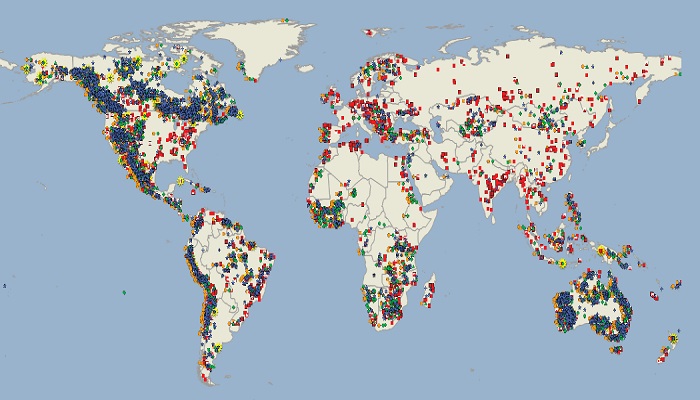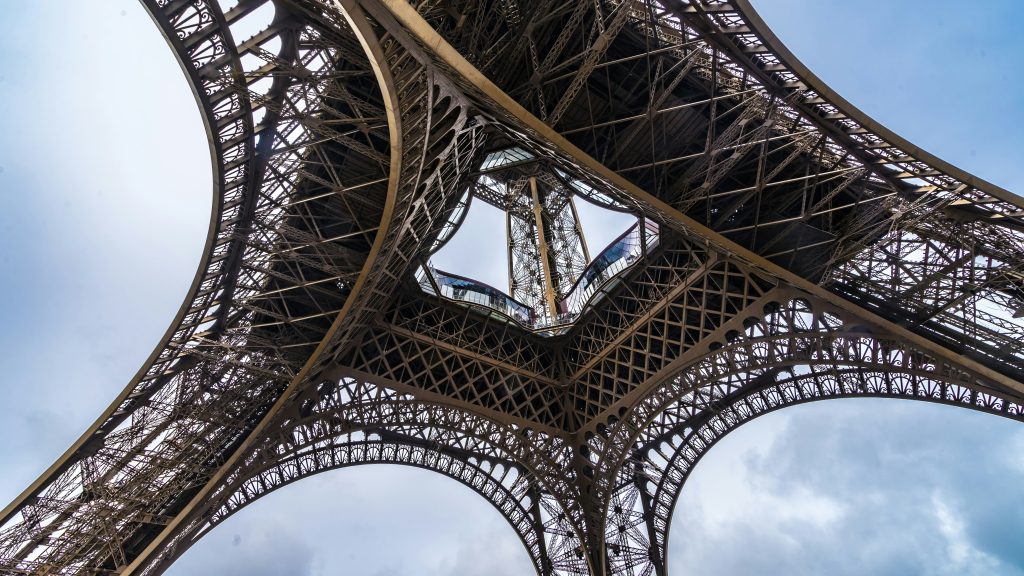While everyone is glued to the Paris 2024 Games, take a peek behind the scenes at the journeys that those Gold, Silver and Bronze Medals have taken to the podium.
The Earth is rich in precious and useful metals, minerals and resources, and Arche supports clients across the full lifecycle of mining and minerals processing activities to help them make the most of their assets and investments.

As we watch hundreds of elite athletes from around the world realise their dreams of having a medal slipped over their heads at the 2024 Paris Olympics and Paralympics, we’ve taken a quick look into where the precious and other metals that go into making the coveted medals have come from.
Gold, silver, and the zinc, tin, and copper that make up bronze originate from ores that are extracted from the ground through open-cut and underground mining.

Once removed, the ores are crushed and ground to remove the rock and earth from the metal particles.
Various physical and chemical refining processes are used depending on the composition of the original ore and what level of purity you’re aiming for with the final metals.
Once refined, metals are sold to be used in jewellery, pharmaceuticals, electronics, vehicles, art materials, renewable energy technologies, coins, and, of course, trophies and medals.

What about the Paris 2024 medals?
No one uses 100% gold in jewellery — it’s too soft. Wearable yellow gold is usually about 75% actual gold.
The “gold” part of this year’s Gold medals at this year’s Games are 92.5% silver and with six grams of gold — the International Olympic Committee’s minimum gold content requirement.
The Silvers are also 92.5% silver and Bronzes are actually bronze i.e. an alloy of copper, tin and zinc.
The copper, tin and zinc in the 2024 medals were sourced from the French currency mint, the Monnaie de Paris, which is where the medals were fabricated.
Here are the compositions of the eponymic components of the Paris Olympic and Paralympic medals.

The Paris 2024 Board of Directors selected the luxury French jewellers, Maison Chaumet, to design the medals. Chaumet used recycled metals to help meet the Games’ sustainability goals.
A towering achievement

A stroke of brilliance that makes this year’s medals unique is the inclusion of iron that once was part of the city’s iconic Eiffel Tower.
When Chaumet were designing the Paris Olympic and Paralympic medals, they landed on the idea to “combine one of the strongest symbols of the Olympic Games — the medals — with the most iconic symbol of the French nation — the Eiffel Tower.”
Chunks of the Tower were removed decades ago during a major refurbishment and have been stored ever since by the Société d’Exploitation de la Tour Eiffel. These parts became part of the medals to be awarded at the Paris 2024 Olympic and Paralympic Games.
“We’ve decided to add this hexagon [of iron] in the way we would a gemstone — in the centre and placed as the most precious element of the medal,” said Chaumet’s Creative Director Clémentine Massonnat.
Engineering is everywhere
Engineering shapes our world, influencing every aspect of our lives: housing, transport, food and drink, technology and communication, art and entertainment, the news media, health, education, finance, and more. Follow this blog series as we continue to explore!